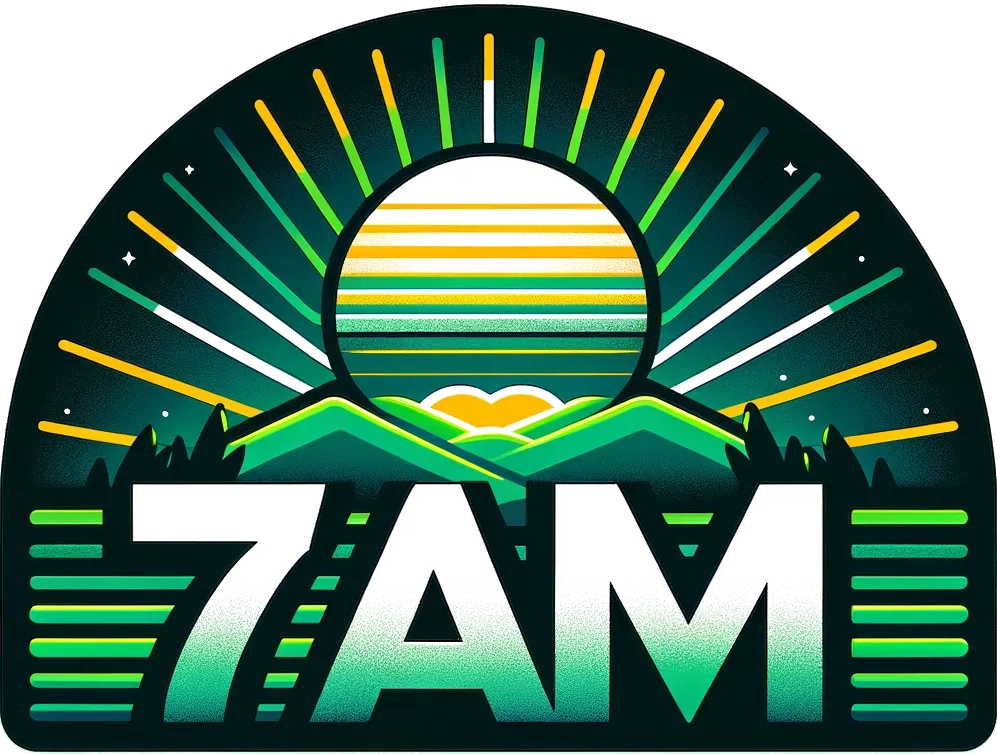Unpacking the South African Traffic Lexicon
When you find yourself immersed in the chaos of South African traffic, you’re not just navigating roads, but an intricate tapestry of expressive language. From the spirited exchanges to the creative insults, the streets come alive with a unique form of communication. It’s a language that’s both hilarious and peculiar, and to truly understand it, you’ll need a guide.
The Art of Creative Insults
In the realm of South African road rage, insults are an art form. Picture this: You’re stuck in a jam, frustration bubbling, and suddenly a car cuts in front of you. Instead of boiling over in anger, you’re met with a barrage of inventive insults. It’s not just about the words themselves, but the sheer creativity behind them. From “Donkey on Rollerblades” to “Potato with Wheels”, these epithets take vehicular venting to a whole new level.
The Language of Hand Gestures
Ah, the universal language of gestures. In South African traffic, it’s like a silent symphony of frustration. Picture yourself behind the wheel, faced with an inconsiderate driver. Instead of honking, a carefully choreographed series of hand signals does the trick. A pointed finger here, a wave there – each movement conveys a specific message. It’s a dance of discontent that speaks volumes without a single word.
The Art of Innuendo
Now, let’s delve into the realm of innuendo. This is where South African road rage truly shines. Instead of resorting to explicit language, drivers masterfully wield subtle suggestions and clever insinuations. It’s a game of linguistic acrobatics, where you imply rather than state outright. It’s a skill that requires finesse, and once you grasp it, you’ll find yourself chuckling at the sheer wit of it all.
Navigating Regional Variations
Just like any language, South African road rage has regional nuances. Depending on where you are in the country, you might encounter a whole new set of expressions and gestures. Imagine driving through Johannesburg and encountering a completely different lexicon than what you’d find in Cape Town. It’s like exploring distinct dialects within a single linguistic landscape.
Embracing the Laughter in Chaos
As you immerse yourself in the world of South African road rage, remember to embrace the humor in the chaos. It’s not just about venting frustration; it’s about finding a shared moment of levity in the midst of traffic mayhem. So the next time you encounter a particularly colorful expression, don’t let it irk you. Instead, let out a chuckle, knowing that you’ve just witnessed a slice of South African culture in all its quirky glory.
Understanding the Aggressive Behavior
In the realm of South African road rage, it’s imperative to comprehend the roots of this aggressive behavior. Road rage, defined as the display of aggressive or angry conduct by motorists, encompasses a range of actions. These may entail hurling verbal insults, resorting to rude gestures, shouting, issuing physical threats, or employing hazardous driving techniques, all targeted at fellow drivers, pedestrians, or cyclists. This aggressive behavior is not an isolated occurrence; rather, it stems from learned conduct and societal norms.
Unearthing the Origins
Studies have shed light on the fact that road rage is, indeed, a learned behavior. This revelation unveils a troubling truth about the prevalence of this aggressive conduct on our roads. It’s disheartening to acknowledge that a substantial number of road rage incidents culminate in severe injuries or, tragically, even fatalities. The genesis of this behavior can be traced back to early childhood experiences, particularly during the formative years of being chauffeured by parents and other adults.
The Cultural Norm
To truly fathom the extent of road rage’s influence, one must recognize its status as a deeply ingrained cultural norm. This norm permeates our society, making it all too common for individuals to experience feelings of road rage. It becomes a part of our collective consciousness, seeping into our behavior patterns on the road. This phenomenon underscores the urgency for a collective effort in altering this norm, promoting a safer and more considerate driving environment.
Consequences of Road Rage
The repercussions of road rage are manifold, painting a stark picture of the potential harm it can inflict upon both individuals and the broader community. One notable consequence is the escalation to physical altercations. When road rage reaches its zenith, an aggressive driver may go to the extent of exiting their vehicle to physically assault the other party involved. This, undoubtedly, elevates the danger and potential harm to alarming levels.
Loss of Focus on Safety
Another distressing effect of road rage is its propensity to induce accidents. In the heat of aggression, drivers often lose sight of the paramount importance of safety. This lapse in judgment leads to a disregard for traffic rules and regulations, ultimately resulting in accidents. It’s a tragic irony that road rage, borne out of frustration, can culminate in the very calamities it seeks to vent.
South African Road Rage Phrasebook
A comprehensive guidebook featuring a collection of commonly used expressions and gestures in South African road rage scenarios. It provides translations, explanations, and even situational examples to help you decode and respond appropriately.Example in South African Context: “Phrase: ‘You drive like a headless chicken on roller skates.’ – This is a light-hearted jab to imply reckless driving, often used humorously in traffic banter.”
Road Rage Meditation and Mindfulness Apps
These mobile applications offer guided meditation sessions and mindfulness exercises specifically tailored to calm road rage-induced emotions. They equip you with practical techniques to stay centered and composed amidst heated situations on the road.
Example in South African Context: “Use the ‘BreatheEasySA’ app to access quick, South African-themed breathing exercises designed to defuse tension in traffic. Picture yourself on a serene Cape Town beach as you regain your composure.”
Dashboard Camera with Incident Recording
A high-quality dashboard camera with incident recording capabilities can serve as a valuable tool. It provides an objective record of events in case of disputes, helping you protect your interests and maintain accountability.
Example in South African Context: “In South Africa, a reliable dashboard camera can be your witness in the event of a road rage altercation. It captures crucial footage that can be used for legal purposes and ensures your version of events is accurately represented.”
GPS Navigation Apps with Real-Time Traffic Updates
Advanced GPS navigation apps equipped with real-time traffic updates offer alternative routes to avoid congested areas. This tool helps you navigate through potentially tense situations by providing you with clear directions and options.
Example in South African Context: “In Johannesburg, where traffic can be notoriously dense, using a GPS app like ‘WazeSA’ can be a game-changer. It not only guides you efficiently but also alerts you to potential roadblocks and accidents ahead.”
A Detailed Evaluation
Pros:
Cultural Insight and Authenticity: One of the standout merits of this guide is its ability to provide readers with an authentic glimpse into the unique world of South African road rage. It goes beyond the surface and delves into the cultural nuances, offering readers a deeper understanding of the language and gestures.
Engaging and Entertaining Writing Style: The author’s flair and personality shine through in the writing, creating a lively and engaging reading experience. The use of humor and wit keeps the reader entertained while imparting valuable information.
Practical and Applicable Advice: The guide doesn’t merely stop at providing amusing anecdotes; it offers practical advice on how to navigate the world of South African road rage. From understanding creative insults to deciphering hand gestures, readers are equipped with actionable knowledge.
Global Relevance: While the guide is centered on South African road rage, it holds broader appeal. The insights into human behavior and the ways in which language is used in tense situations on the road are universally applicable, making it relevant to a global audience.
Encourages Empathy and Understanding: By shedding light on the origins and consequences of road rage, the guide prompts readers to reflect on their own behavior and consider the collective responsibility we bear in fostering a safer road environment. It encourages a shift towards empathy and consideration.
Cons:
Potential for Misinterpretation: Given the humorous tone and colorful language used in the guide, there’s a possibility that some readers may interpret it as an endorsement or encouragement of road rage behavior. It’s crucial to approach the content with a discerning mindset.
Lack of Formality in Language: While the informal tone contributes to the guide’s charm, it might not resonate with all readers, particularly those seeking a more academic or formal approach to the topic.
Limited Coverage of Countermeasures: While the guide excels in dissecting the language and behavior of road rage, it could benefit from a section dedicated to practical strategies for diffusing road rage situations or tips for maintaining composure on the road.
The revelations about road rage being a learned behavior find resonance in studies conducted on driving behavior and human psychology. These studies, which Johan Botha subtly draws upon, illuminate a disconcerting truth about the prevalence of road rage incidents and their potentially dire consequences. They serve as a foundation for understanding the roots of this behavior, particularly its genesis in early childhood experiences.
Furthermore, the guide doesn’t shy away from acknowledging the potentially serious consequences of road rage. It seamlessly weaves in data points and real-world examples, providing a tangible backdrop to the lighthearted anecdotes. This balance of humor and gravity is a testament to the author’s acumen in addressing a complex subject matter with both authenticity and gravitas.
In navigating the nuances of South African road rage, Johan Botha artfully brings to light the cultural norms that contribute to this phenomenon. This insight is grounded in a thorough understanding of South African society and the behavioral patterns that have evolved over time. It’s not merely an amusing exploration, but a genuine effort to shed light on a facet of everyday life that impacts drivers on a visceral level.
Ultimately, “The Language of Road Rage” is a testament to Johan Botha’s commitment to providing readers with information rooted in rigorous research and personal expertise. By peeling back the layers of this colorful language, he invites readers to engage in a deeper reflection on the behavior we encounter on the road. This guide, therefore, serves as a beacon of authenticity, encouraging a more informed and empathetic approach to the complexities of road rage.
If you find yourself intrigued by the vibrant world of South African road rage, from the artistry of creative insults to the eloquence of expressive gestures, then you’re in for a treat. “The Language of Road Rage: A Hilarious Guide to South African Traffic Swearing” dives deep into this captivating realm, providing insights that will both entertain and enlighten. I invite you to join me in further exploration. Should you wish to delve into these topics or seek additional information, feel free to reach out through the provided contact form.
Warm regards, Johan Botha




